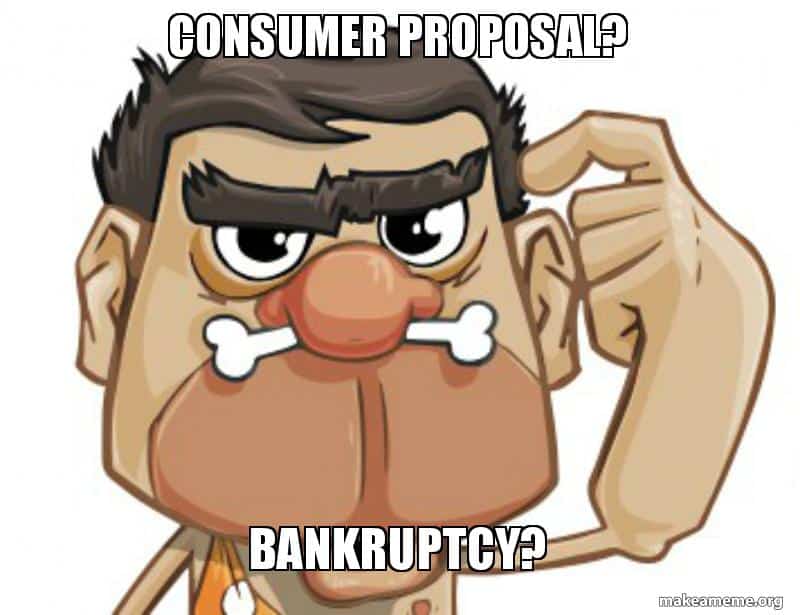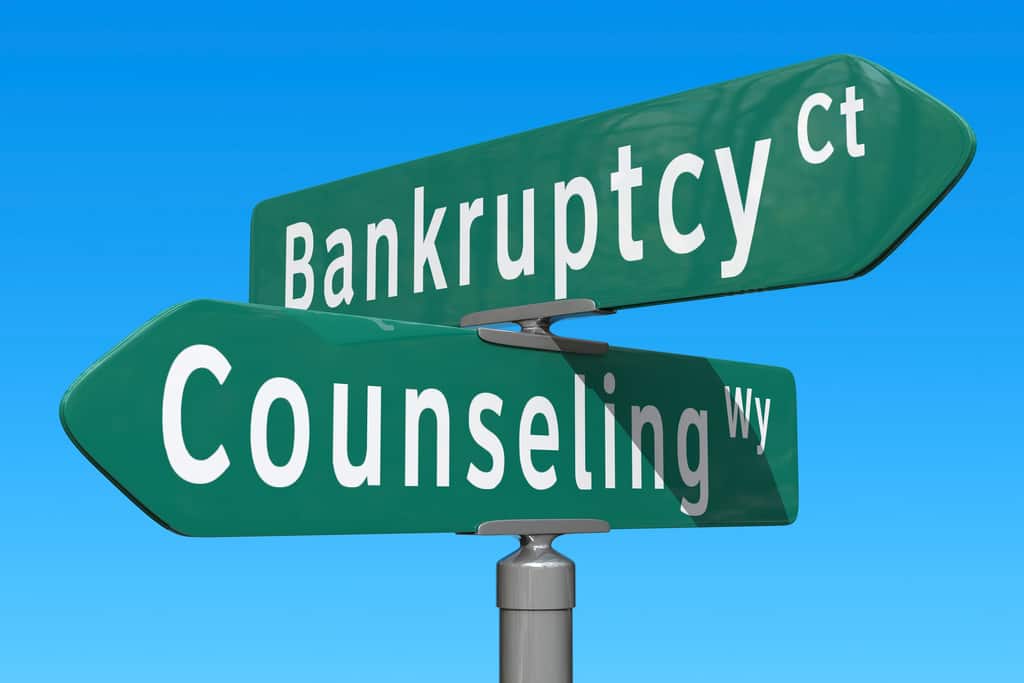
As the COVID-19 pandemic continues, we hope that you, your family, and your friends are safe, healthy, and secure. Ira Smith Trustee & Receiver Inc. is fully operational, and both Ira and Brandon Smith are readily available for phone or video consultations.
The audio version of this Brandon Blog can be found at the bottom of this page. Please click on the play button to listen to it.
What is a supply chain?
The supply chain refers to the facilities that enable a product and all the material it requires to be manufactured to move from one place to another. Depending on the product and its complexity, the product or its materials can pass through multiple locations. The supply chain operated smoothly for a long time. Then the COVID-19 pandemic and its effects on the economy struck.
This Brandon Blog discusses the current global supply chain crisis and its impact on our recent auction liquidation sale. You might be surprised at the outcome.
Snarled supply chain: First was the Suez canal supply chain crisis
This crisis was caused by Ever Given, a 400-meter-long (1,312-foot) container ship that ran aground in the Suez Canal, Egypt, on March 23, 2021. Throughout the Suez Canal and around the Cape of Good Hope, billions of dollars in cargo were delayed due to the incident. Worldwide container shipping was impacted by five percent. Those Mediterranean ports that rely on the Suez Canal would again face cargo backlogs if the canal were to be cut off in the future.
Piraeus handled 5.4 million containers last year, making it the biggest freight port in the Mediterranean and the fourth largest in Europe, according to research firm PortEconomics. The incident has now been resolved, but it shed light on the vulnerability of how raw materials, components, and finished products are transported through chokepoints such as the Suez Canal, which may have severe implications when blocked.
As soon as the ship was freed, traffic resumed and container ships continued on their voyages.

Supply chain crisis: Port congestion in Los Angeles and Vancouver
The global supply-chain crisis is evident everywhere, from half-empty shelves in grocery stores to soaring fuel prices at the pump. Because container ships were anchored off the coast, waiting to dock and unload, San Pedro Bay near Los Angeles and Burrard Inlet just outside the Port of Vancouver were the poster children for the global supply chain crisis.
Global manufacturing and transportation systems are impacted by changes in supply and demand. Transportation prices have increased as a result of the huge demand for container shipping, and ports have found it difficult to process incoming goods.
Global supply chains have been disrupted by the COVID-19 pandemic, resulting in product shortages, shipping delays, manufacturing disruptions, and soaring prices that have sparked inflation concerns.
In addition, companies face an increase in labour and manufacturing costs, forcing them to decide whether to pass on the increases to customers – and possibly lose market share – or absorb losses themselves.
Raw materials, parts, and consumer goods are at risk because global supply chains are at their breaking point. It has become more difficult to operate at certain ports and terminals because vessel capacity is very limited and empty containers are hard to find.
The initial lockdown resulted in employees getting laid off. Now there are labour shortages. These line operators are now hard to hire back because many have now got better-paying jobs at other companies. There is even a shortage of truck drivers to deliver the goods from the major ports to the warehouses.
The USA’s largest container port, Los Angeles, continues to unload a backlog of container ships around the clock. However, when this machinery is broken, we can experience being out of goods and experiencing back-ordering, which means we cannot get what we want when we want it.
Due to the crowded docks and port terminals, truckers couldn’t return empty containers and pick up loaded containers scheduled for delivery.
Global supply chain crisis: Shoppers need to start early for the holidays
There are product shortages everywhere. Nutella, a shortage of semiconductors has resulted in a shortage of new cars, steeply higher gas prices, and backorders for holiday gifts such as toys, books, and furniture due to major disruptions in the global supply chain.
Holiday shoppers are warned not to leave their holiday shopping until the last minute because the shelves may be empty. Presently, there are shortages of the most popular items and stores cannot replenish their inventories for this holiday season.
What is the cause of this? People bought more goods online during the pandemic lockdown, but fewer services. Except perhaps take-out food delivered to our house, it is much harder to purchase services online. The lockdown also affected manufacturing and transportation, resulting in a global supply chain crisis.
Just-in-time music stopped and fragile supply chains stopped moving, causing the supply chain crisis. Due to startup problems, it is now impossible to get everything working smoothly again. With the lockdown over, there is also pent-up demand and consumers wanting to make the holidays normal again by getting out shopping in-person to satisfy the elevated demand.
So what does all this have to do with a liquidation? I will tell you shortly, but first, I will explain what liquidation of a company really means.

Involuntary vs. voluntary liquidation of a company
Liquidating means selling your property or assets for cash or cash equivalents on the open market. Liquidation in the world of investing is when an investor closes out their position in a securities position; exiting an investment. The process of liquidating a business or distributing its assets to claimants is termed liquidation in finance and economics.
Most people on the street would say that a liquidation process is the sale of business assets, either because the business owner is closing or going bankrupt. It is possible for businesses to do a partial liquidation of slow-moving or unnecessary assets even without facing financial hardship.
When a limited company‘s liabilities exceed its assets, or when its bills cannot be paid when they fall due, the company is insolvent. It will be forced to liquidate the assets through insolvency proceedings. Financial institutions are normally secured creditors. This allows them to enforce their security through receivership. The assets that were pledged as collateral would be taken over by a receiver, whether appointed privately or by the court.
A corporate bankruptcy filing is also an alternative, or perhaps in conjunction with a receivership. Either way, the entity is forced to convert assets to cash and cease operations through insolvency proceedings, a legal process.
A company that fails to repay creditors due to financial hardship, will end up in receivership and/or the bankruptcy process. This results in compulsory liquidation, also known as involuntary liquidation.
Alternatively, the shareholders of a non-insolvent company may decide there is now a period of time where winding up operations through voluntary liquidation proceedings makes sense. Perhaps there was an insurmountable shareholder dispute, or maybe the company’s operating genius shareholder passed away.
Besides providing the capital to start the company, other shareholders were passive. As a result, the shareholders may decide to wind down the solvent company on their own volition while there is still value for them.
Paying off creditors
In either case, after assets have been liquidated, the cash is distributed to creditors first. The shareholders are entitled to the remaining net amount after paying liquidation costs and creditor claims.
Regardless of whether the company is insolvent or solvent, in general, the priority of claims from an asset liquidation tends to fall into the following classes of claims:
- Trust claims – either by contract or statute.
- Secured creditors.
- Ordinary preferential creditors.
- Ordinary unsecured creditors.
After full payment of all outstanding debts from the liquidation of assets in their priority of claims, regardless if it was voluntary or through insolvency proceedings, the remaining funds will be distributed to the shareholders according to their share priority (preferred vs. common) and the proportion of shares they own in the company.

2021 global supply chain crisis and my liquidation story
I have so far only focused on consumer buying patterns. A similar process is occurring in the commercial and industrial sectors as well. As more people have received the Covid-19 vaccine, federal government support has essentially stopped and economic growth is coming back, it is difficult for businesses to find the inputs needed to make their products. This is the basis for the story I am going to tell you.
Shareholder resolutions appointed my firm as Liquidator of two sister companies under section 193(1) of the Ontario Business Corporations Act. A furniture manufacturer specializing in custom contract orders for commercial use. The other company owned the factory property.
As a result of an unresolved shareholder dispute, the shareholders decided that the best thing to do was to liquidate the solvent manufacturing company, while they could still obtain value for themselves. Having made that decision, it was obvious that selling the Toronto property was also a wise move in today’s market.
The manufacturing company had operated for over 50 years. The company’s equipment was fully depreciated. We contacted two auctioneers who each submitted a proposal. Each explained why they predicted a low gross recovery. Both proposals were presented to the shareholders, who chose the auctioneer they preferred us to retain.
An online auction was conducted for two weeks. Initially, neither the number of bidders nor the bids were very high. After about a week, the magic happened and we saw a surge in demand. The consequences of the supply chain crisis became apparent. As the number of bidders increased, so did the bids.
We ended up with a gross recovery last week that quadrupled both auctioneers’ estimates. There was no doubt that the old equipment and delivery truck, which all worked fine, were in great demand. In fact, the vehicle’s black book value was much lower than its actual sale price.
Nevertheless, if you need that kind of truck and equipment and dealers do not have either new or used available, then historical trading values may be somewhat meaningless when there is only one available source.
Without a doubt, we are thrilled with the results of the liquidation auction. As soon as the buyers pay for their goods and pick them up, we will have a clean factory so that we can close the sale of the property next month.
Thank you, global supply chain crisis 2021!
Supply chain crisis summary
I hope you found this supply chain crisis Brandon Blog informative. Is your company or are you personally in financial distress and a debt crisis? Do you not have adequate funds to pay your financial obligations as they come due? Are you worried about what will happen to you in retirement? Do you need to find out what your debt relief options and realistic debt relief solutions for your family debt are? Is your company in financial hot water?
Call the Ira Smith Team today. We have decades and generations of experience assisting people looking for life-changing debt solutions through a debt settlement plan and AVOID the bankruptcy process.
As licensed insolvency professionals, we are the only people accredited, acknowledged and supervised by the federal government to provide insolvency advice and to implement approaches to help you remain out of personal bankruptcy while eliminating your debts. A consumer proposal is a government-approved debt settlement plan to do that. It is an alternative to bankruptcy. We will help you decide on what is best for you between a consumer proposal vs bankruptcy.
Call the Ira Smith Team today so you can eliminate the stress, anxiety, and pain from your life that your financial problems have caused. With the one-of-a-kind roadmap, we develop just for you, we will immediately return you right into a healthy and balanced problem-free life.
You can have a no-cost analysis so we can help you fix your troubles.
Call the Ira Smith Team today. This will allow you to go back to a new healthy and balanced life, Starting Over Starting Now.
As the COVID-19 pandemic continues, we hope that you, your family, and your friends are safe, healthy, and secure. Ira Smith Trustee & Receiver Inc. is fully operational, and both Ira and Brandon Smith are readily available for phone or video consultations.
supply chain crisis







